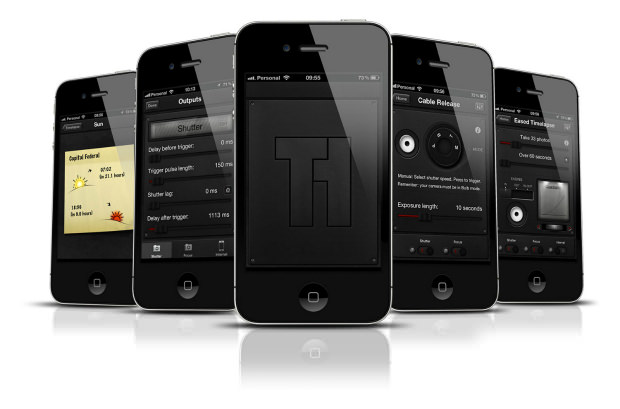Sony RX1 review: first impressions:
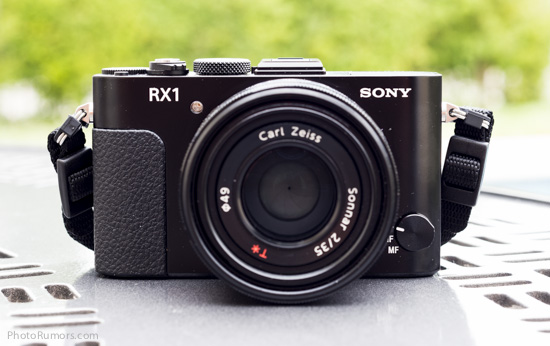
I have to admit, I am not a big fan of Sony cameras. I understand that the
NEX-7 and
RX100 are top performers in their categories, but for some reason they never "clicked" for me. My mirrorless/compact solution of choice for the past two years has been from Fuji (X100 first, then X-Pro1). I also rarely see a new camera that impresses me right from the announcement, since most of the companies recently just copy what the competition is doing (I guess Fuji and Leica are exceptions here). Since Sony is the new kid on the block, they have to play aggressive and they have delivered several innovations in the past few years, but they still had to convince me that they have something for me. I have been lusting for a compact full frame camera for a while - maybe since Leica released the M9 over three years ago. When the
first RX1 rumors started floating around, I was immediately intrigued. Few days ago I received my RX1 and here are my first impressions and few sample images. Since there is still no RAW support for the RX1 (with the exception of the RAW converter provided by Sony, which I have not tried yet), all images in this post are taken directly from the camera (standard JPG mode; no post-processing; NR, lens distortion, shading and chromatic aberration all set to ON/AUTO. I will have a follow-up post with more details on the Zeiss Sonnar 2/35 lens and some ISO performance tests.
Update: today Adobe released Lightroom 4.3 with RX1 support. Download links: Win | Mac.
Click on images for larger view, or just check the
full resolution JPG files on flickr.
f/2, ISO 100:


f:/4, ISO 100:


f/5.6, ISO 100:

Since this is only a first impressions post, here they are:
- The Zeiss Sonnar 35mm f/2 lens is superb and sharp even wide open at f/2.
- High ISO performance of the RX1 is excellent. The ISO performance of Sony cameras is usually a stop worse then similar models from Nikon and Canon. This time, I think the low light performance of the RX1 is on par with the D600 (I will try to post some comparisons later).
- Very hard on-off switch, probably the hardest camera switch I've seen to date. I like it - it is impossible to turn the camera by mistake.
- There is no dedicated battery charger, you must charge the battery with an USB cable inside the camera.
- The menu is clean, navigation is easy, the LCD screen is bright and shows sufficient details (1,229k dots)
- Something I did not expect - focus peaking works only with MF magnification, you cannot get focus peaking on a regular view. Maybe I did not set it correctly. BTW, the manual is useless.
- Since this is a very small and compact camera, you don't have direct access to most of the settings, but Sony has provided a quick access menu that I find very useful.
- Battery life is not so great - I was able to get around 250 shots with my first charge.
- The biggest bummer: slow AF in low light. I am pretty sure Sony will fix this with a firmware update, but why did they release the camera like that on the first place? They should know how to do this right by now.
- Let me write a sentence about the lens cap: it's solid, heavy, looks like it's made out of metal - again, never seen something like that before.
More JPG sample images:




Macros:


High ISO samples (first at ISO 6400, second at ISO 3200):
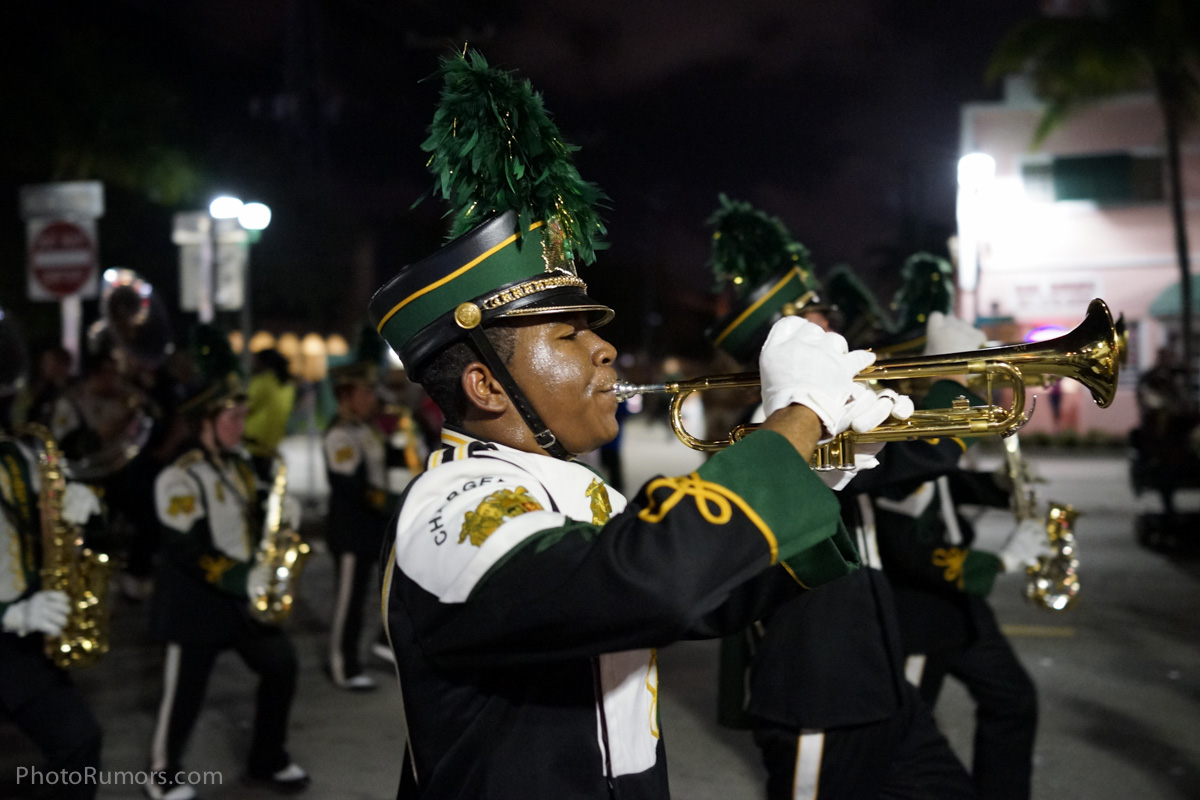
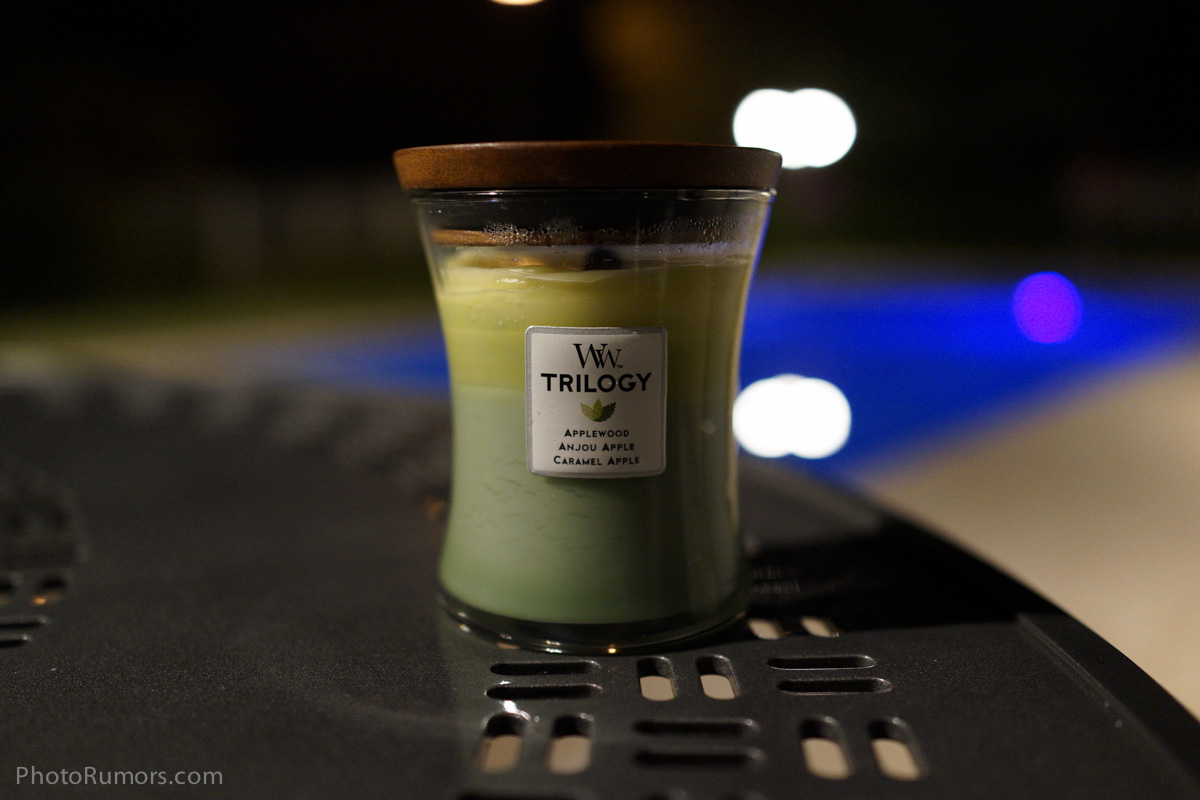
The RX1 is expensive -
at $2,798 you can definitely get a cheaper mirrorless camera, few lenses and have some money left for a weekend getaway. But don't you sometimes wish you don't have to make the choice on which lens to take, what bag to bring that will fit all of your gear? If you prefer simplicity, the RX1 is a pretty good choice - one camera, one focal length, full frame sensor and you just need a pocket to carry it.
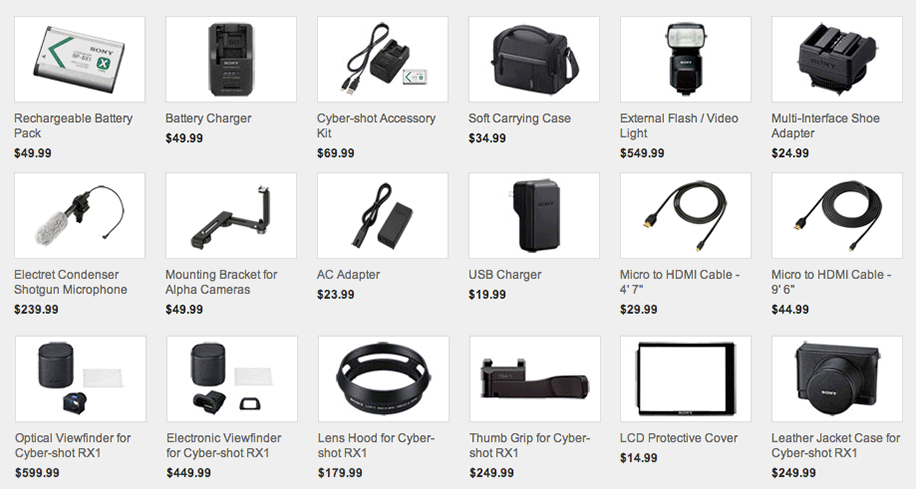
I personally find
the price of the RX1 accessories way worse than the price of the camera itself. The RX1 doesn't have an EVF or OVF - it's all sold separately at premium/insane prices - the EVF costs $450, the optical $600... even the lens hood is sold separately for $180! I personally would like to get the thumb grip, but for that price ($250), I will probably wait for third party solutions. After you add those few extras, the Rx1 will be more expensive than a Nikon D600 (
$2000) and Zeiss Distagon T* 35mm F/2.0 ZF.2 lens (
$1,117) combo that comes with a viewfinder, lens hood and LCD cover (ok, you will lose the AF).
With the Leica M9/M, the RX1 remains the only full frame digital compact camera available today. The RX1 is basically a very serious (or the best) point and shoot camera money can buy. The main advantages of the RX1 are the camera and sensor size ratio, with the Zeiss lens as an added bonus. The reason you may consider spending
$2,798 on the RX1 is this: the camera will deliver the best image quality per ounce for a long time.
FYI:
the Sony RX1 was in stock at B&H earlier today, which means there is currently no waiting list.
Few more Sony RX1 JPG sample images:










Full resolution versions of all images
available on flickr:
Posted by PhotoRumors.com
This RSS feed is copyrighted and cannot be republished in any way without permission.
Follow PhotoRumors on
Facebook and
Twitter.




